#campaniforme
Explore tagged Tumblr posts
Text
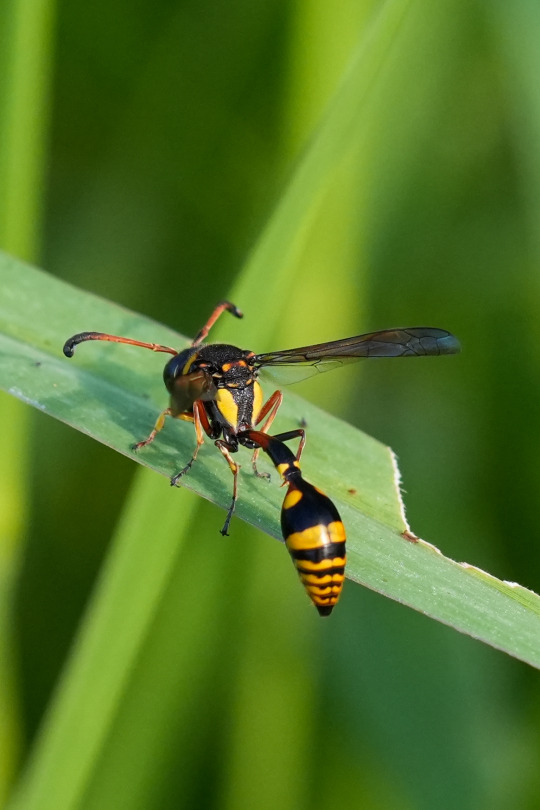
Yellow-and-black Potter Wasp (Delta campaniforme).
#ljsbugblog#bugblr#entomology#macro#insects#hymenoptera#vespidae#wasps#eumeninae#potter wasps#delta#delta campaniforme#yellow-and-black potter wasp
280 notes
·
View notes
Text

Mapa de l'Edat del bronze primerenca a Europa (2500 a 2000 aC). Inclou l'expansió de l'haplogrup R1b vers l'occident d'Europa.
#mapa#cartografia#Edat del bronze#història#història antiga#Europa#vas campaniforme#cultura megalítica#megalitisme#minoics#R1b#haplogrup R1b
4 notes
·
View notes
Text
Cerámica campaniforme

View On WordPress
0 notes
Photo

VASO CAMPANIFORME de estilo Ciempozuelos (en Espacio Artístico A Cántaros) https://www.instagram.com/p/Co9NFjjjRMX/?igshid=NGJjMDIxMWI=
2 notes
·
View notes
Text
Ajuar campaniforme modelado en gres azul de @montesa_productos_ceramicos con decoración incisa a bandas de estilo Ciempozuelos basado en los trabajos arqueológicos en el yacimiento de Pedrajas (Burgos).




#megustaloquehago #campaniforme #gres #ceramicadeautor #cursodeceramicaprehistorica @acantaros_artesania @taller_entrecantaros @rutavinoribera
1 note
·
View note
Text
Flor de Pleitesía
(O Flor de los Ancianos, Rebrentz en Imperial)
Arbol perenne de hoja fina y delgada, habitual de las costas montañosas del norte del Imperio de Wend. Su flor, campaniforme, hermafrodita, de unos 4 o 5 lóbulos largos y delgados en colores azules y morados es muy empleada como muestra de deferencia en el protocolo imperial. Un árbol de la flor de la Pleitesía puede encontrarse en el patio de cada fortaleza importante, restos de una religión ancestral. La Flor de la Pleitesía es uno de los muebles del escudo de los Hetwijg y goza de cierta relevancia en la heráldica de muchas familias menores de la región norte, recibiendo el nombre de wäisalta, probablemente de su nombre primitivo, más cercano a la religión. Es esta flor y su significado religioso y nobiliario la que dio nombre a La Guerra de los Ancianos.
0 notes
Text
... sur la table de la cuisine de sa mère-grand trônait un gobe-mouches
See on Scoop.it - Insect Archive
Tout le monde voit ce que c’est, un gobe-mouches ? Une espèce de récipient campaniforme, en verre, légèrement surélevé sur un petit trépied et doté dans sa partie basse d’une rigole que l’on peut remplir de n’importe quoi mais idéalement d’eau savonneuse. On place un appât au centre du bousin (une croûte de fromage, une miette de sucre, un noyau de pêche...), l’insecte insouciant se faufile sous la cloche, boulotte à s’en faire péter la panse et hop ! au moment de repartir au lieu de s’en aller pépouze en marchant voilà que par réflexe il s’envole, se bute sur les parois, tombe dans le liquide et se noie.
SeenThis - Nicole Garreau, 22.12.2023
-------
NDÉ
via https://www.facebook.com/nicole.garreau/
[Image] Gobe mouche ancien en verre - Broc23 http://www.broc23.com/objets/gobe-mouche-ancien-en-verre-1367
0 notes
Photo
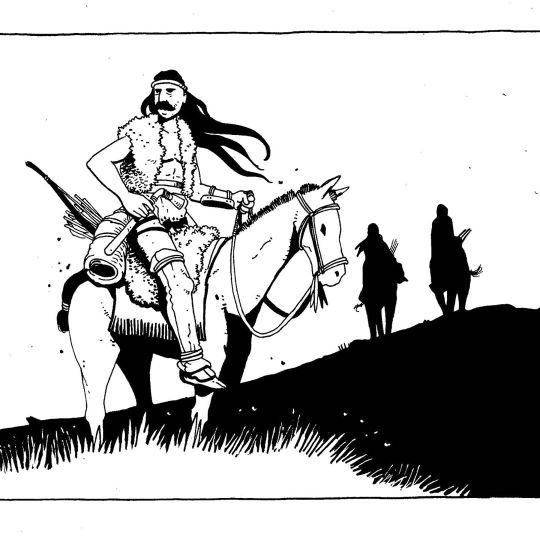
#inking #freelancer #illustration #ilustração #artistsoninstagram #drawoftheday #instacomics #nomad #campaniforme #bellbeaker #beakerfolk #indoeuropean https://www.instagram.com/p/CGxfQAljVfR/?igshid=1ouuodje0elg5
#inking#freelancer#illustration#ilustração#artistsoninstagram#drawoftheday#instacomics#nomad#campaniforme#bellbeaker#beakerfolk#indoeuropean
1 note
·
View note
Photo

#Digitalis #purpurea #estralotes #dedaleras #planta #flor #campaniforme #naturaleza #love #nature #slowlife https://www.instagram.com/p/CfMaQFYNWa4/?igshid=NGJjMDIxMWI=
0 notes
Photo
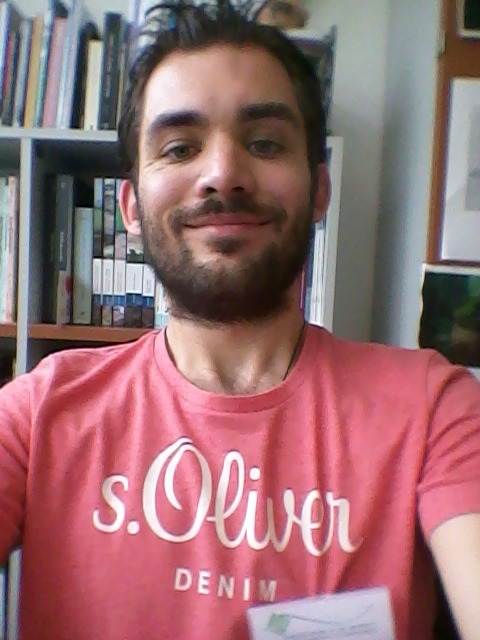
Three weeks ago, I organised a conference. This took its toll physically, as you can see, but fortunately I’m feeling better now :)
2 notes
·
View notes
Text

had the pleasure of watching two Potter wasp ladies collecting dirt side-by-side. both are members of the subfamily Eumeninae, a cosmopolitan group of wasps containing over 3000 species across 198 recognised genera (over 300 species found here in Australia).
the photo below is a familiar face for the blog, the same species of Potter wasp that I photographed drinking from the pond last Summer, some of my favourite photos I've taken so far.
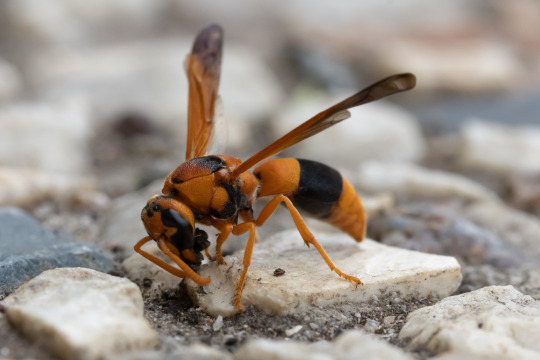
her dirt-collecting companion has also appeared on the blog before, and is the Yellow-and-black Potter Wasp (Delta campaniforme). this individual was seen taking her dirt-ball right into the arm of one of our lawn chairs to build her nursery :')
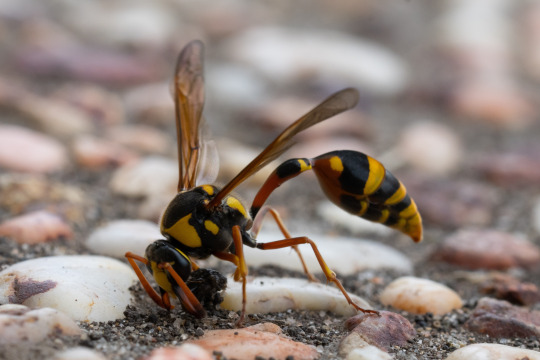
(middle) Unknown Potter Wasp, female (subfamily Eumeninae), April '24.
(bottom) Yellow-and-black Potter Wasp, female (Delta campaniforme), April '24.
#ive also had to edit the original pond drinker post#it seems i was too hasty to put a confident ID on her#she remains unknown for now!#ljsbugblog#bugblr#entomology#macro#unconfirmed id#insects#hymenoptera#aculeata#vespidae#wasps#eumeninae#potter wasps#delta#delta campaniforme#yellow-and-black potter wasp
45 notes
·
View notes
Photo
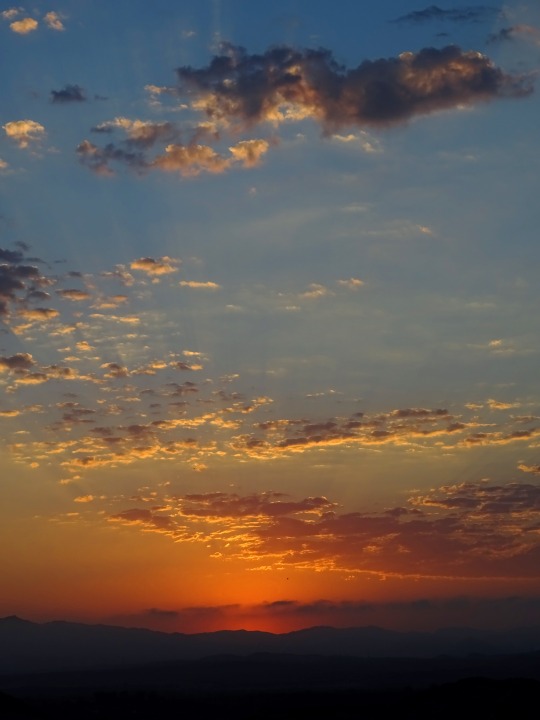

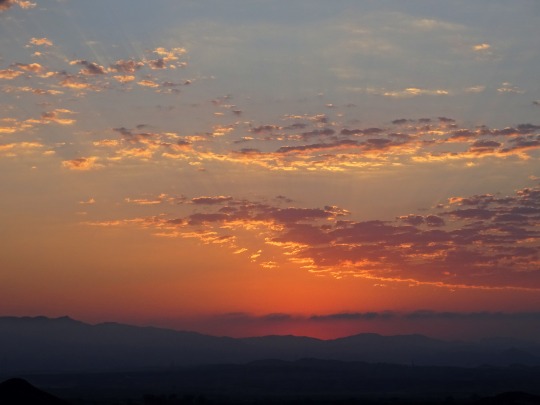




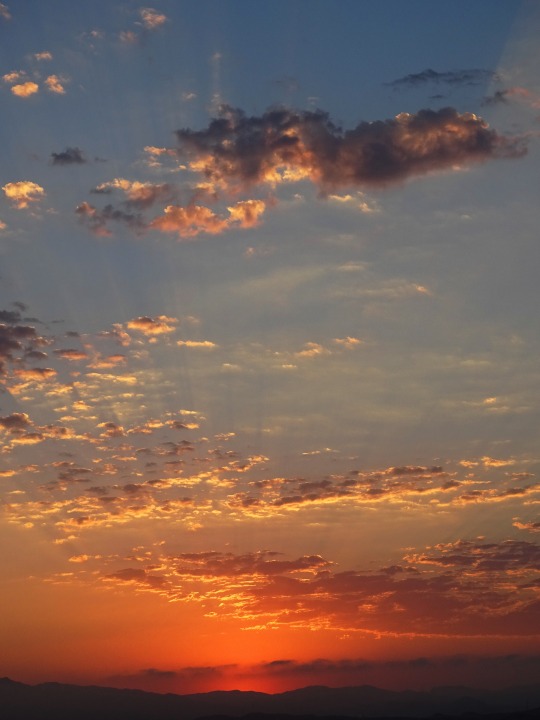


Summer Sunset, Mojácar (No. 5)
The Paleolithic Age of Almería was characterized by small nomadic and hunter-gatherer groups. The oldest Paleolithic site is Zájara Cave I (Cueva de Zájara I) in the Caves of the Almanzora (Cuevas del Almanzora).
The first villages and spaces dedicated exclusively to burials appear by the Neolithic Age, and even before the Upper Paleolithic Age. The cave paintings of the Cave of the Signs (Cueva de los Letreros) and twenty other caves and shelters of Los Vélez are dated to this era, and were designated a World Heritage site by Unesco in 1989.
In one of the shelters of the first settlers of the peninsula, the Coat of the Beehives (Abrigo de las Colmenas), there remains a human figure with arms outstretched holding an arc above its head. According to legend, this picture represents a covenant made by prehistoric man with the gods to prevent future floods. It is the earliest depiction of the Almerían Indalo, which was named in memory of Saint Indaletius, and means Indal Eccius ("messenger of the gods") in the Iberian language.
Over the years, the Indalo has become the best known symbol of Almería. Some see this figure as a man holding a rainbow, but it might also be an archer pointing a bow towards the sky. The Indalo lent its name to the artistic and intellectual movement of the Indalianos led by Jesús de Perceval and Eugenio d'Ors which was a movement of nostalgic attraction by the people of Mojácar. The people of Mojácar painted Indalos with chalk on the walls of their houses to guard against storms and the Evil Eye.
It was Luis Siret y Cels, an eminent Belgian archaeologist, who described the rich prehistoric wealth of Almería, particularly that of the Metal Age. Siret said that Almería was like "an open-air museum". Indeed, Almería is home to two of the most important cultures of the Metal Age in the peninsula: Los Millares and El Argar.
The earliest known city, Los Millares, dates to the Copper Age and is strategically located on a spur of rock between the Andarax River and the Huéchar Ravine (rambla de Huéchar), in the southern part of the province. It was a town of more than a thousand inhabitants, protected by three lines of walls and towers, and had an economy based on copper metallurgy, agriculture, animal husbandry, and hunting on a moderate scale. Furthermore, they constructed a large necropolis and exported metal figures and pottery to a large part of the peninsula.
The equally influential culture of El Argar appeared later, during the Bronze Age. They developed a characteristic form of pottery, the vaso campaniforme ("beaker") that spread throughout all of Northern Spain. Their cemeteries were more advanced with respect to the culture of Los Millares and they had diverse agricultural production and animal husbandry.
The rich customs and Fiestas of the denizens retain links deep into the past, unto the Moors, the Romans, the Greeks, and the Phoenicians.
During the taifa era, it was ruled by the Moor Banu al-Amiri from 1012 to 1038, briefly annexed by Valencia (1038–1041), then given by Zaragoza to the Banu Sumadih dynasty until its conquest by the Almoravids in 1091. Some centuries later, it became part of the kingdom of Granada.
Source: Wikipedia
#Mojácar#Andalusia#Province of Almería#Levante Almeriense#Spain#travel#España#Sierra Cabrera#moon#mountains#silhouette#sky#clouds#sunset#sundown#original photography#summer 2021#Southern Europe#southern Spain#landscape#countryside#view#orange#Iberia#colors#sky in fire#tourist attraction#landmark
1 note
·
View note
Text
Eco-historias cotidianas: el lavavajillas

La historia del lavado de los platos se remonta a la aparición de las primeras vajillas. Hace más de 4.000 años que aparecieron las primeras vajillas campaniformes en Europa. Estas estaban constituidas en su práctica totalidad por vasijas de cerámica. Reservadas para la élite del momento, se convirtieron en una moda en las ceremonias sociales. Durante la edad de bronce, empezaron a fabricarse vajillas metálicas incluyendo una gran variedad de tamaños, formas y materiales (la mayoría eran de bronce, aunque también usaban oro y plata e incluso algunas con incrustaciones de piedras preciosas). Con el transcurso de los siglos aparecieron distintos tipos de vajillas, pasando por las de vidrio y porcelana hasta las que conocemos a día de hoy. Pero, ¿qué técnicas utilizaban para lavarlas?… Seguir leyendo
1 note
·
View note
Photo

The beautiful Yellow Potter Wasp (Delta campaniforme)
Photo by Mey Lany
Every Thing Good in the World
1 note
·
View note
Text
DIONISO E I PIACERI DEL VINO IN UN VASO ANIMATO
DIONISO E I PIACERI DEL VINO IN UN VASO ANIMATO
Da un cratere campaniforme, realizzato ad Atene intorno al 450-425 a.C., è tratta l’animazione su Dioniso realizzata dalla Panoply Vase Animation Project. Il vaso è stato decorato da un artista noto come il Pittore di Lycaon e questa tipologia ceramica è stata usualmente adoperata per mescolare insieme vino e acqua durante le feste del simposio. La grandezza delle pareti è particolarmente…

View On WordPress
0 notes
Text
Lirios del Valle de Agrán
(o simplemente Lirios de Agrán)
Lirios campaniformes grandes que crecen rectos, sin caida, desde una planta arbustiva que rara vez pasa de los 40 cm. El tamaño de sus flores oscila entre los 6 y los 15 cm, dando entorno a cuatro o cinco por mata. Su color va del amarillo brillante al rojo, siempre con motas doradas. Su nombre viene del Valle de Agrán, donde abundan, cerca de Eunero. Tradicionalmente han formado parte de los blasones y escudos de muchas casas nobles del Trasmonte (heráldicamente Flor de Lis).
#sorbos de informacion#herbolario#flores#lirio del valle#lirio del valle de agran#lirio de agran#valle de agran
1 note
·
View note